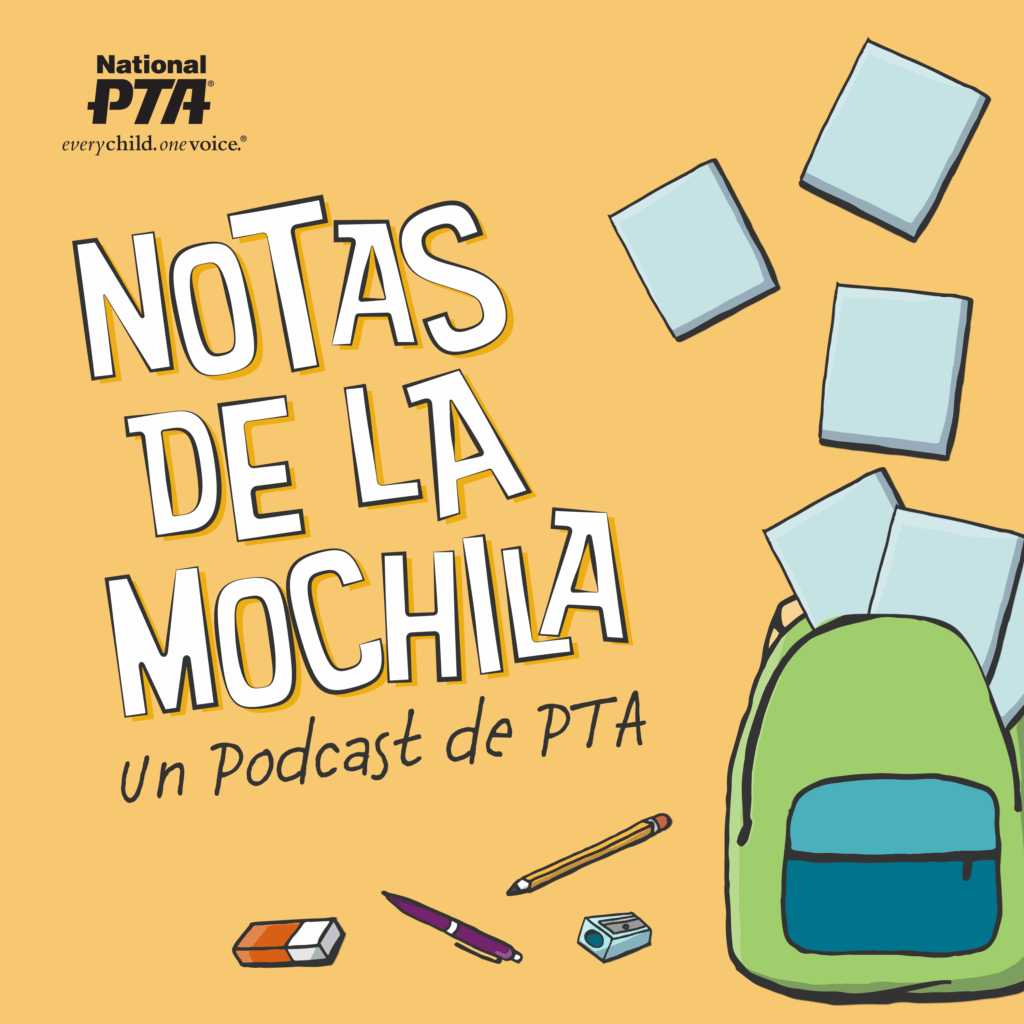May 25 is National Missing Children’s Day. It is a time for us to raise awareness for those who are still searching for a child, and an opportunity to learn new ways to keep our children safer.
At the National Center for Missing & Exploited Children (NCMEC), we understand that talking about safety with your children—no matter the age—can be daunting.
Use these seven safety questions to help you start the conversation with age-appropriate critical thinking exercises and messaging that you can use to make regular, open conversations about online and personal safety part of your family’s routine.
1. What’s your favorite thing to do online? Could you show me?
Social media has become a big part of tween and teen life. Know which sites/apps your kids like to use. Ask them to show you what they like to post online as well as the types of accounts they follow.
2. Would you talk online with someone you didn’t know in person?
As children become more independent, they tend to test boundaries. Talking to new people online is one way they might do this. Help kids understand that not everyone is who they say they are online, and that it is safest to only talk and share online with people they know in person already.
3. Have you ever been upset or uncomfortable with someone online? How did you deal with it?
Cyberbullying has many of the same negative effects of in-person bullying. Let children know that you will listen if they are ever experiencing problems online. Teach them and model how to deal with negative emotions in healthy ways.
4. What qualities do you think make someone a “trusted adult”? Who are the trusted adults in your life?
Children should have multiple adults in their lives whom they trust and can confide in. Trusted adults make children feel safe, are good listeners and are helpful when the child is facing a challenge. It’s normal that this group of trusted adults may change as children mature and age.
5. Why do you think it’s important to check first with me or another adult in charge before going somewhere or changing plans?
Help older children and teens strike a balance between being independent and being safety-conscious. The two are not mutually exclusive! Help them think through the benefits of having a parent/trusted adult know where they are.
6. What would you do if someone you didn’t know offered you a ride?
Offering children a ride is a commonly used trick in attempted abductions. Teach kids to only accept rides from people they know after checking first with you or another adult in charge.
7. What could you do if someone tried to touch you in a way that made you uncomfortable?
Not everyone is comfortable giving or receiving hugs, handshakes, shoulder rubs, etc. Teach children that they have the right to say “no” to anyone and any type of touch that makes them uncomfortable. Their bodies are their own and they have the right to feel safe and comfortable.
Interested in other ways to talk about online and personal safety? Visit NetSmartz.org for conversation starters, research and resources related to online safety for kids and teens ages five to 17, or visit KidSmartz.org for more information about steps parents can take to help reduce the risk of abduction! To view NCMEC’s full-range of educational and prevention initiatives, visit MissingKids.org/Education.
Eliza Harrell is the Director of education, outreach, training and prevention for the National Center for Missing & Exploited Children.


















